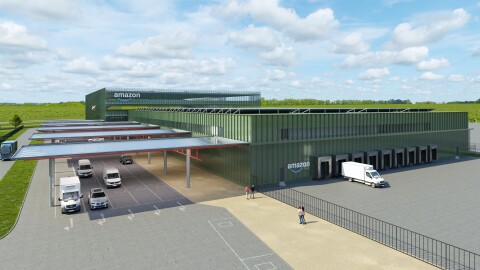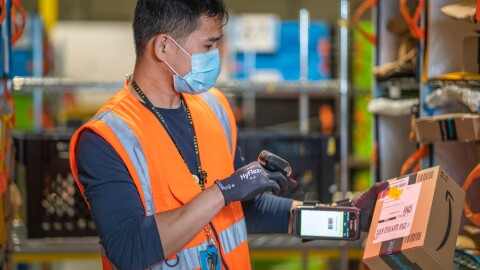Some of the best and brightest minds in the computer vision field are joining us to develop safety features for Prime Air and we're excited to welcome these new Amazonians.
Based at our new Amazon Development Center in Austria, the team will use its experience in computer vision — the discipline of teaching machines how to see — to help develop "sense and avoid" technology for small drones. Since the start of April nearly a dozen PhDs in computer science are working at the Center.
Located in Graz, it's our first presence in Austria and becomes our 14th R+D center in Europe. Across the EU, Amazon now has more than 40,000 employees, with more than 10,000 joining last year.
Prime Air is our future delivery system designed to safely get packages to customers in 30 minutes or less using small drones. In multiple locations around Europe, including Cambridge in the UK, together with sites in North America and Israel, different components of the Prime Air program are under development.
Our new team in Austria will support all aspects of our "sense and avoid" system, which we compare with getting our vehicles to behave less like cars and more like horses. Like smart animals, the drones must know when they are getting into trouble, and avoid colliding with things, without a human intervening. They must be independently safe.
Many members of the new Austrian team have a history of partnering with the Technical University of Graz, which has one of the best computer vision engineering programs in the world. We anticipate using these relationships to form a partnership with the University for research and internships.
Safety will always be number one for us and our investment in this exceptional team highlights our commitment to building the world’s safest systems. It also signals our investment in Europe more broadly, as we continue to innovate for our customers worldwide.
Paul Misener, Vice President for Global Innovation Policy and Communications, Amazon











